The Mighty American Lion – Panthera leo atrox

Picture a lion 25% larger than today’s African lions, prowling the grasslands of North America just 11,000 years ago. The American lion wasn’t just bigger – it was arguably the most powerful predator of its time, capable of taking down massive prey that saber-tooth cats avoided.
These incredible hunters had longer legs than modern lions, making them built for speed rather than ambush tactics. While saber-tooth cats relied on their iconic fangs, American lions used raw strength and teamwork to dominate their territory. Fossil evidence suggests they lived in prides, just like their modern relatives, but with far deadlier consequences for their prey.
Terror Birds – Titanis walleri
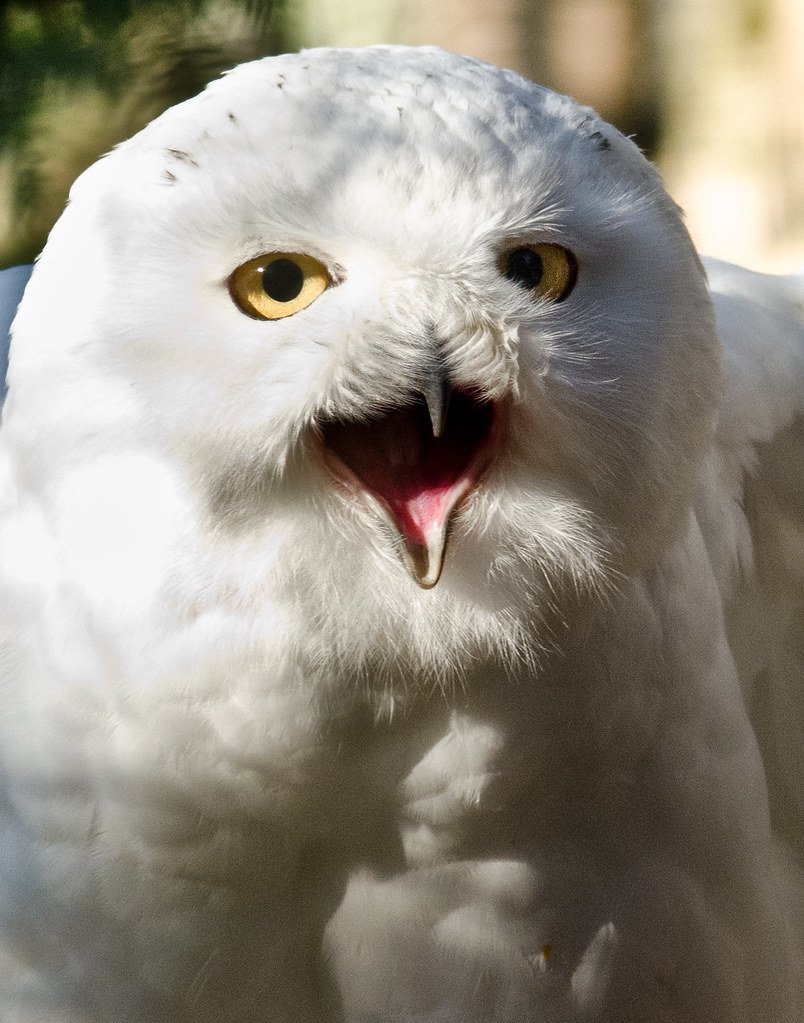
Standing 8 feet tall with a massive hooked beak, terror birds were the ultimate nightmare for any mammal unlucky enough to cross their path. These flightless predators ruled South America for millions of years, using their powerful legs to chase down prey at speeds reaching 30 mph.
What made them particularly terrifying was their hunting strategy – they would grab small animals with their massive claws and slam them against the ground repeatedly. Unlike saber-tooth cats that needed to get close for a killing bite, terror birds could strike from above with devastating force. Their beaks were perfectly designed to crack skulls and tear flesh with surgical precision.
Short-Faced Bear – Arctodus simus

The short-faced bear was essentially a grizzly bear on steroids, weighing up to 1,500 pounds and standing 12 feet tall on its hind legs. These massive predators had incredibly long legs that allowed them to run at speeds of 40 mph – faster than any human could ever hope to escape.
While saber-tooth cats were specialized hunters, short-faced bears were opportunistic killers that would steal kills from other predators. Their massive size and aggressive nature meant they could intimidate even the largest saber-tooth cats away from their prey. Imagine encountering this beast in the wild – it would make a modern grizzly look like a teddy bear.
Dire Wolves – Canis dirus
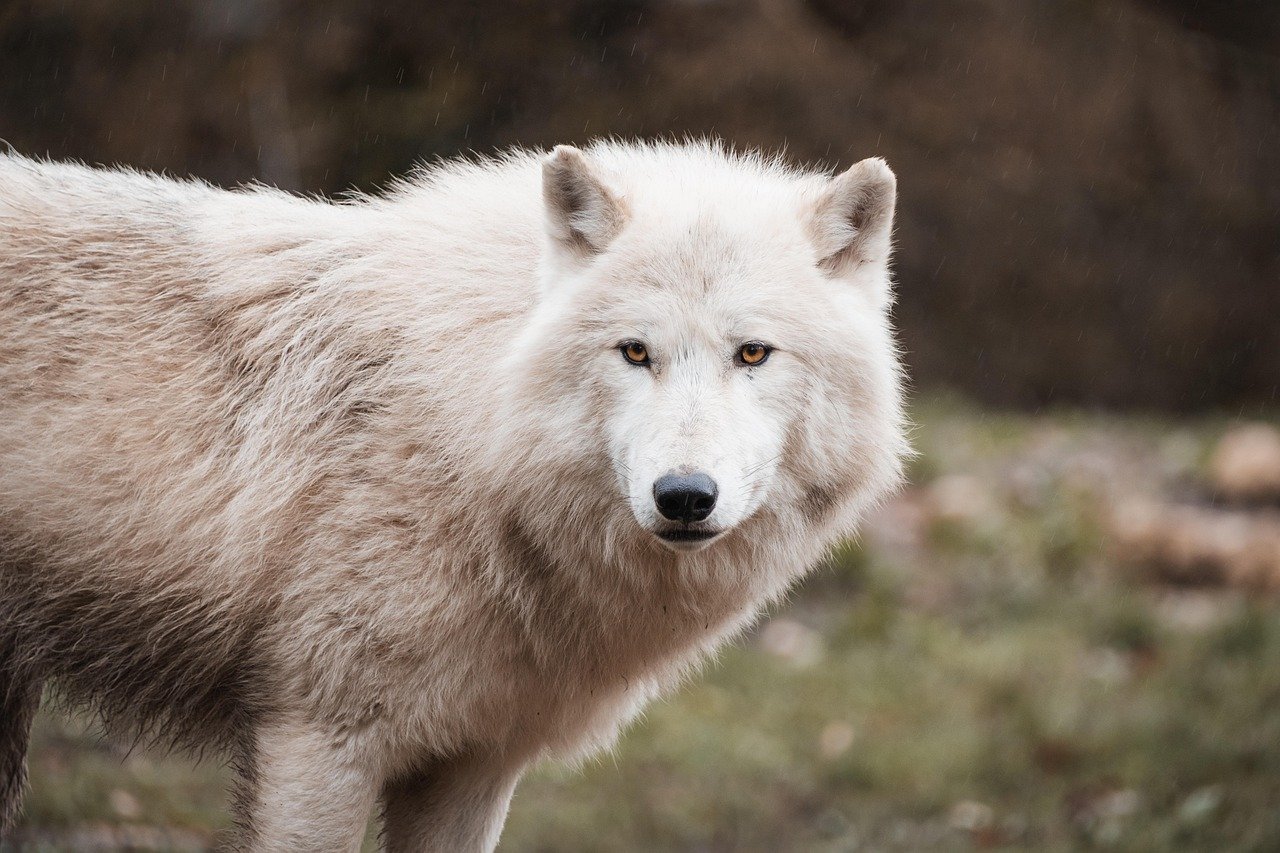
Dire wolves weren’t just regular wolves with a scary name – they were 25% larger than modern wolves with bone-crushing jaws that could generate twice the bite force. These pack hunters roamed North America in massive groups, sometimes numbering in the dozens.
What made them particularly dangerous competitors to saber-tooth cats was their intelligence and coordination. While a saber-tooth might take down one large prey animal, a dire wolf pack could systematically hunt multiple targets. Their fossil remains are found more frequently than any other predator from that era, suggesting they were incredibly successful hunters who dominated their ecosystem.
Giant Hyenas – Pachycrocuta brevirostris
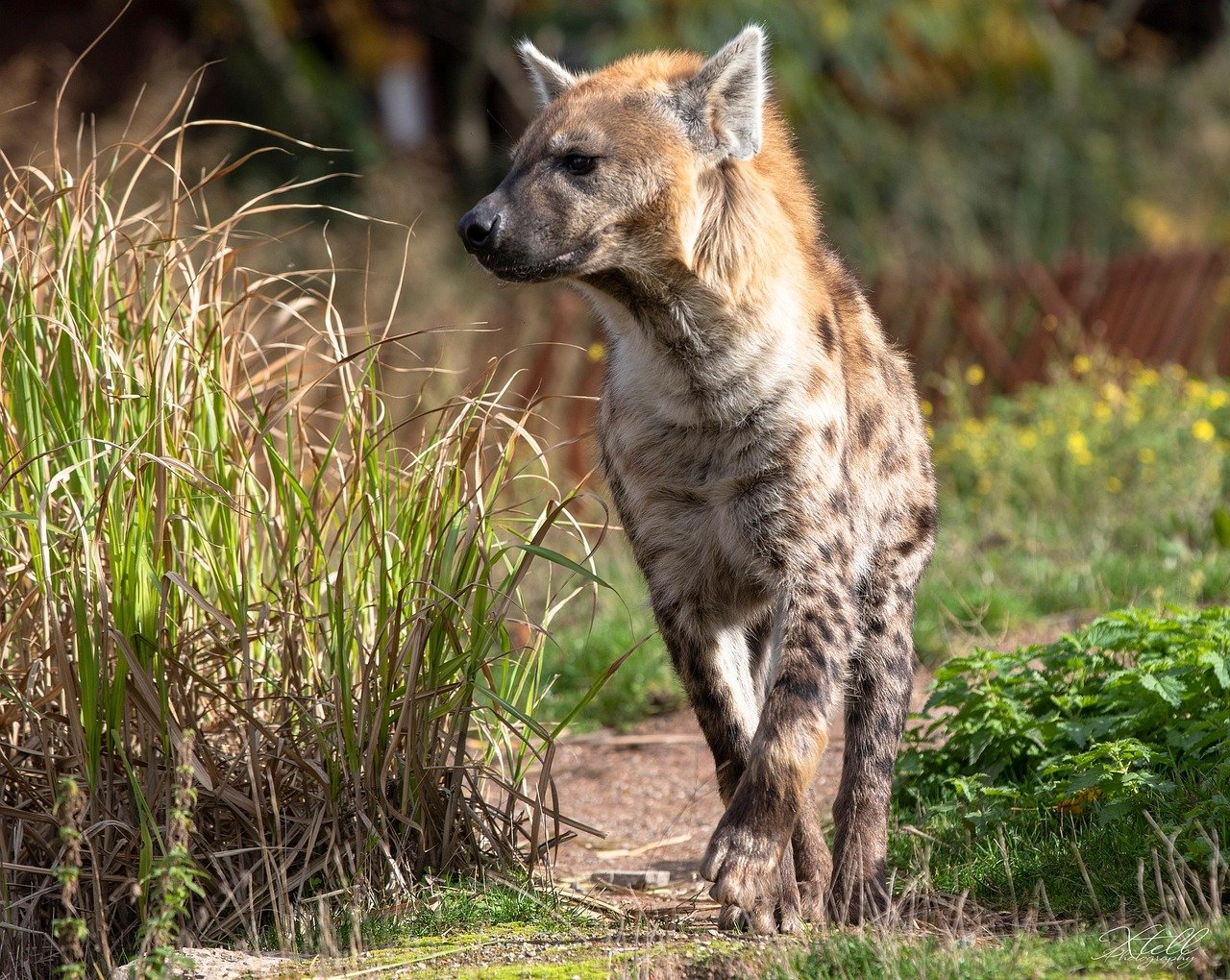
The giant hyena was roughly the size of a modern lion but with jaws powerful enough to crack open elephant bones. These massive scavengers-turned-hunters had the strongest bite force of any mammalian predator, making them formidable competitors for carcasses.
Unlike modern hyenas that primarily scavenge, these ancient giants were active hunters that could take down prey as large as early human ancestors. Their massive heads housed jaw muscles that could generate crushing forces exceeding 1,000 pounds per square inch. When a giant hyena wanted your kill, even a saber-tooth cat might think twice about fighting back.
Megalania – Varanus priscus
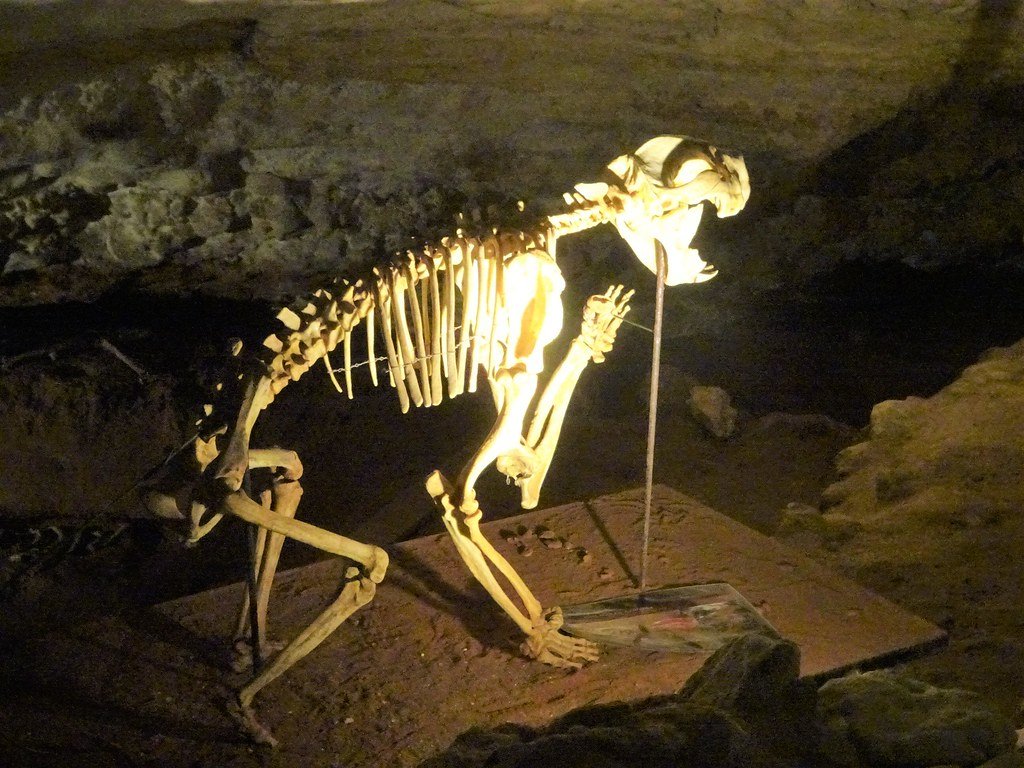
Megalania was essentially a Komodo dragon that grew to the size of a school bus, reaching lengths of up to 20 feet. This massive monitor lizard dominated Australia’s prehistoric landscape with venomous bites that could kill prey much larger than itself.
What made Megalania particularly terrifying was its patient hunting style – it would bite once and then follow its prey for days until the venom took effect. Unlike saber-tooth cats that needed to overpower their prey immediately, Megalania could afford to wait. Their massive claws and powerful tail made them capable of both ambush attacks and pursuit hunting.
Cave Bears – Ursus spelaeus
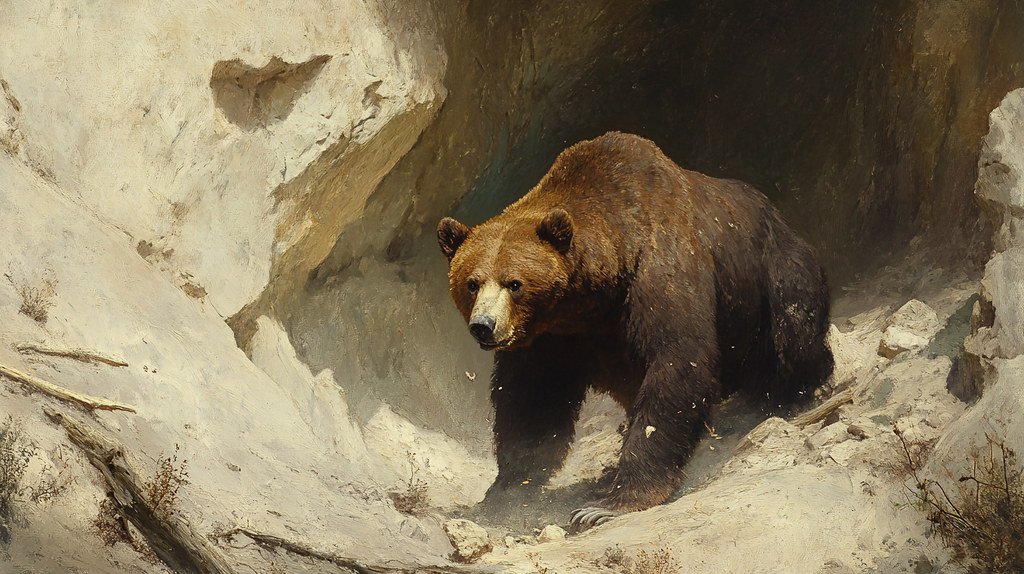
Cave bears were massive omnivores that stood 10 feet tall and weighed up to 1,000 pounds, making them serious competition for prime denning sites. While primarily plant-eaters, these giants had the size and strength to defend their territory against any predator, including saber-tooth cats.
Their name comes from their habit of hibernating in caves – the same caves that saber-tooth cats and early humans also sought for shelter. Fossil evidence shows clear signs of territorial disputes, with both cave bear and saber-tooth remains found in the same locations. When resources were scarce, these gentle giants could become surprisingly aggressive defenders of their domain.
Marsupial Lions – Thylacoleo carnifex
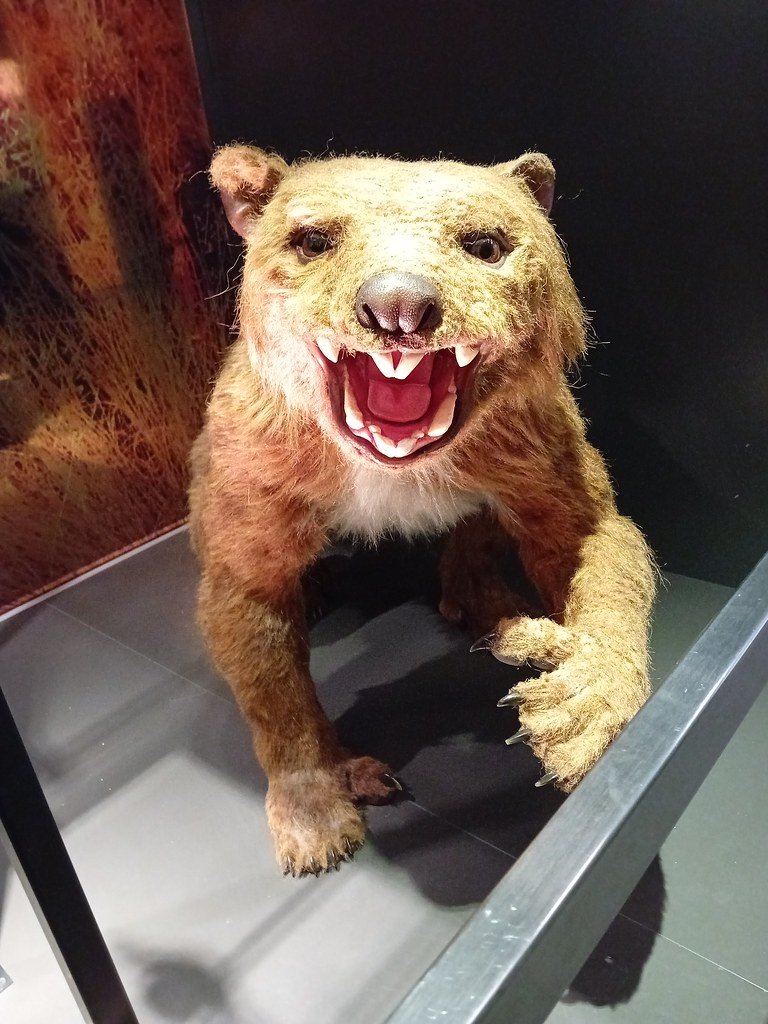
Australia’s marsupial lion was built like a living bolt-cutter, with the strongest bite force relative to body size of any mammal ever discovered. These unique predators had massive thumb claws that could slice through flesh like razors and retractable claws on their hind feet.
What made them particularly deadly was their ambush hunting style – they would lie in wait on tree branches and drop down onto unsuspecting prey. Unlike saber-tooth cats that relied on canine teeth, marsupial lions used their specialized molars to deliver precision cuts to major arteries. Their fossils show they successfully hunted prey much larger than themselves, including giant wombats and kangaroos.
American Cheetahs – Miracinonyx trumani
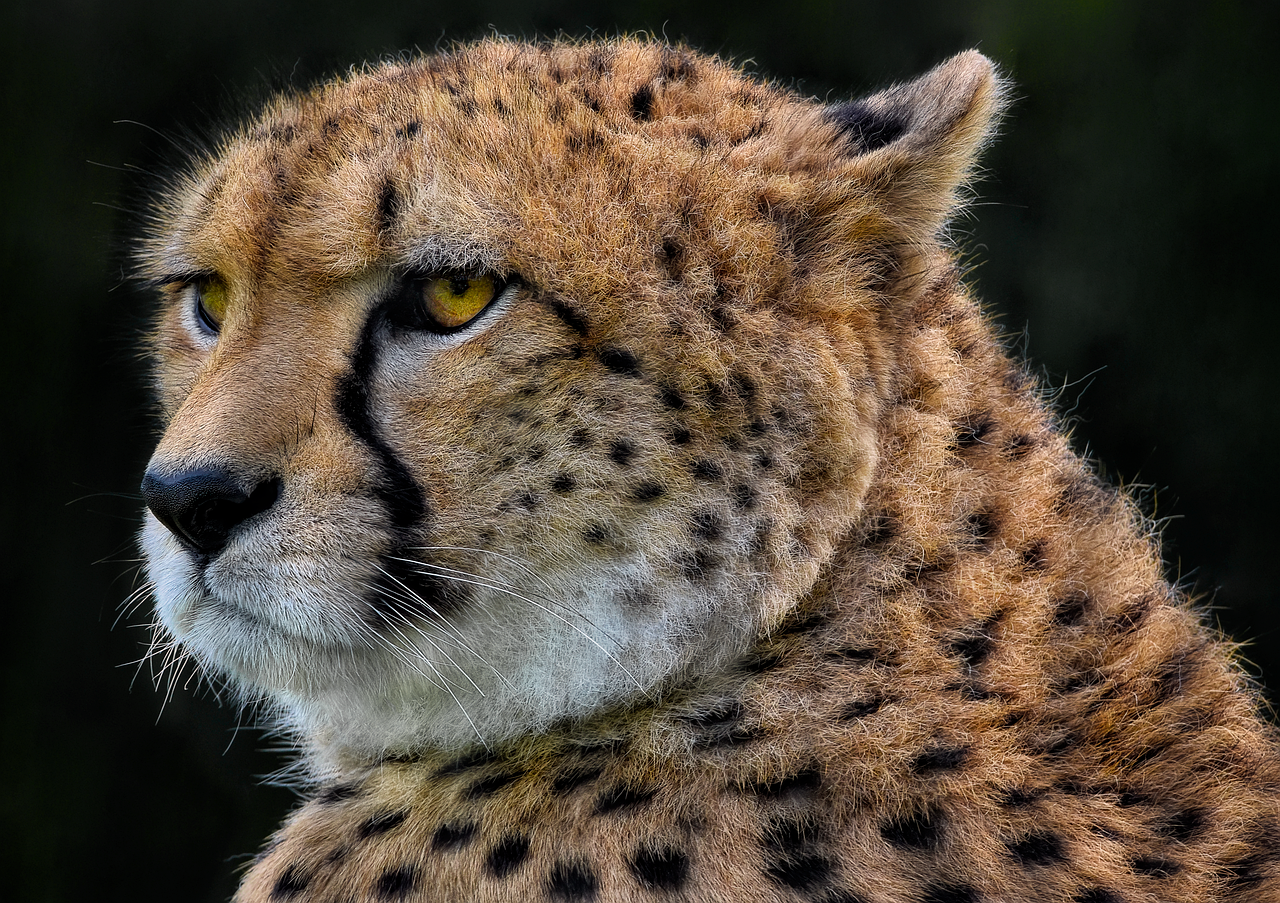
The American cheetah was built for speed but packed the power of a cougar, creating the perfect pursuit predator. These cats could reach speeds of 60 mph while maintaining the strength to tackle prey much larger than modern cheetahs could handle.
Unlike their African cousins, American cheetahs had retractable claws and powerful builds that made them formidable fighters. They filled a unique ecological niche – fast enough to catch swift prey that saber-tooth cats couldn’t pursue, yet strong enough to defend their kills. Their extinction marked the end of North America’s last super-fast predator.
Giant Jaguars – Panthera onca augusta

The giant jaguar was 40% larger than modern jaguars and possessed the most powerful bite force of any cat that ever lived. These massive predators could crack turtle shells the size of coffee tables and crush bones that would shatter the teeth of other big cats.
What made them particularly competitive with saber-tooth cats was their versatility – they were equally comfortable hunting on land or in water. While saber-tooth cats specialized in taking down large, slow-moving prey, giant jaguars could hunt everything from fish to mammoths. Their fossil remains show evidence of incredible jaw strength, with bite marks preserved in bones that no modern predator could produce.
Bone-Crushing Dogs – Borophagus diversidens

These weren’t your typical canines – bone-crushing dogs had massive heads and jaws designed specifically for cracking open bones to access nutrient-rich marrow. They filled the same ecological niche as modern hyenas but with even more powerful bite forces.
What made them serious competitors to saber-tooth cats was their pack hunting behavior combined with incredible jaw strength. A single bone-crushing dog could generate bite forces exceeding 1,500 pounds per square inch, rivaling modern crocodiles. They would often arrive at kill sites to steal carcasses, and their powerful jaws meant they could access parts of prey that saber-tooth cats couldn’t utilize.
Conclusion
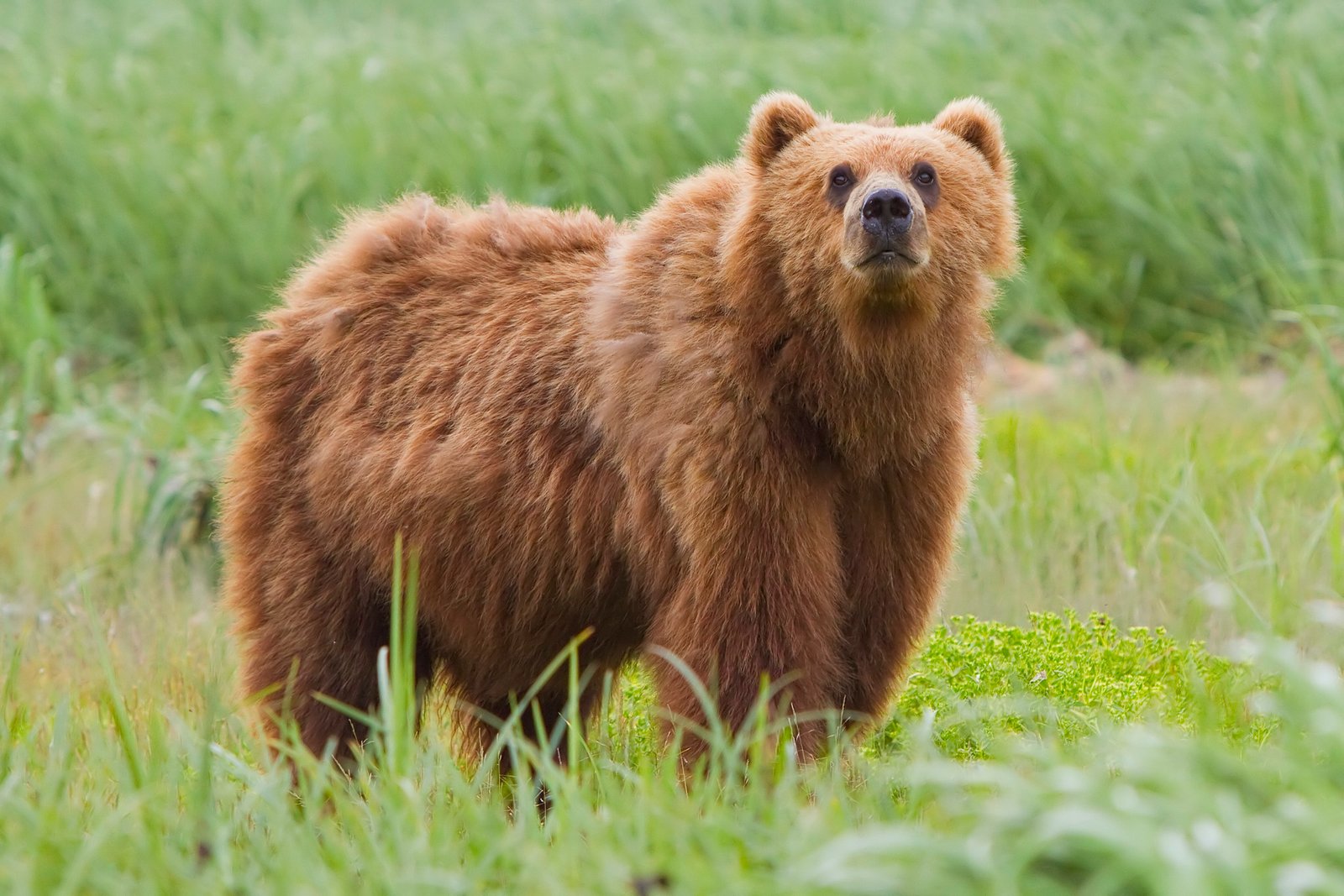
The prehistoric world was a battleground where giants clashed for survival, and saber-tooth cats were just one player in an incredibly competitive game. These ancient predators each evolved unique strategies to dominate their environments, from the crushing jaws of dire wolves to the lightning-fast strikes of American cheetahs.
What’s fascinating is how each of these predators found their own way to thrive alongside the famous saber-tooth cats. Some relied on brute strength, others on speed or intelligence, and a few combined multiple deadly traits into one terrifying package. The diversity of hunting strategies shows us just how rich and complex prehistoric ecosystems really were.
Next time you see a house cat stalking a toy mouse, remember that its ancestors once shared the world with creatures that make today’s most fearsome predators look tame. Which of these ancient hunters would you least want to encounter in a dark prehistoric forest?
Hi, I’m Bola, a passionate writer and creative strategist with a knack for crafting compelling content that educates, inspires, and connects. Over the years, I’ve honed my skills across various writing fields, including content creation, copywriting, online course development, and video scriptwriting.
When I’m not at my desk, you’ll find me exploring new ideas, reading books, or brainstorming creative ways to solve challenges. I believe that words have the power to transform, and I’m here to help you leverage that power for success.
Thanks for stopping by, Keep coming to this website to checkout new articles form me. You’d always love it!






